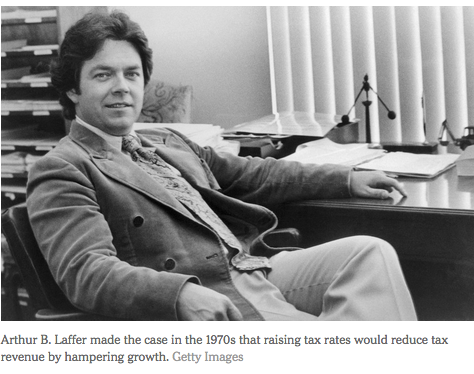Nonetheless, tax policy today is still being driven by his decades-old argument, devised in an economy that looks nothing like today’s.
Today, 1 percent of the population is taking in more than 20 percent of the nation’s income, twice as much as when the fateful dinner took place. Today’s top marginal tax rate, 39.6 percent, is a little over half what it was then.
Critically, how the pie is sliced has become as important as how to raise productivity further. Indeed, the questions are intertwined. Compelling new economic research suggests that in the economy in which we live, cutting taxes on the rich further won’t just fail to foster growth, it could even make the economic pie smaller.
The direct case against lower taxes on the rich was made most clearly a few years ago by the French economist Thomas Piketty — noted for his analysis of inequality trends over the centuries — and colleagues from the University of California, Berkeley, and Harvard University.
Looking at a set of industrialized countries from the 1970s until the years preceding the financial crisis, the economists found no meaningful correlation between cuts in top tax rates and economic growth. Big tax cutters like the United States did not grow faster than countries like Denmark, which kept taxes high. What did respond to lower taxes was inequality: The income share of the top 1 percent grew much more sharply among big tax cutters like the United States than in countries like France or Germany, where top tax rates changed little.




